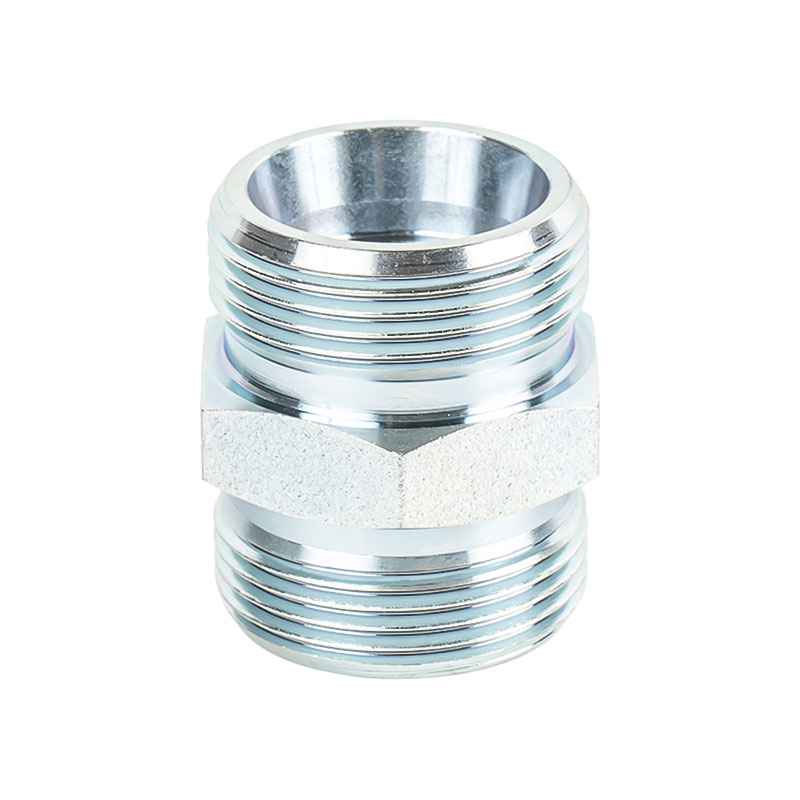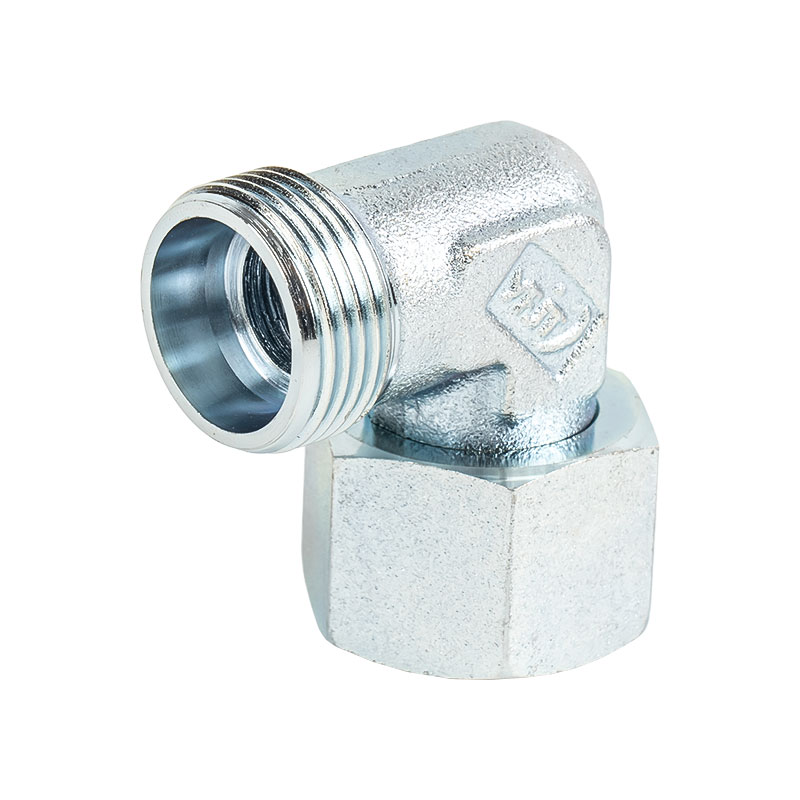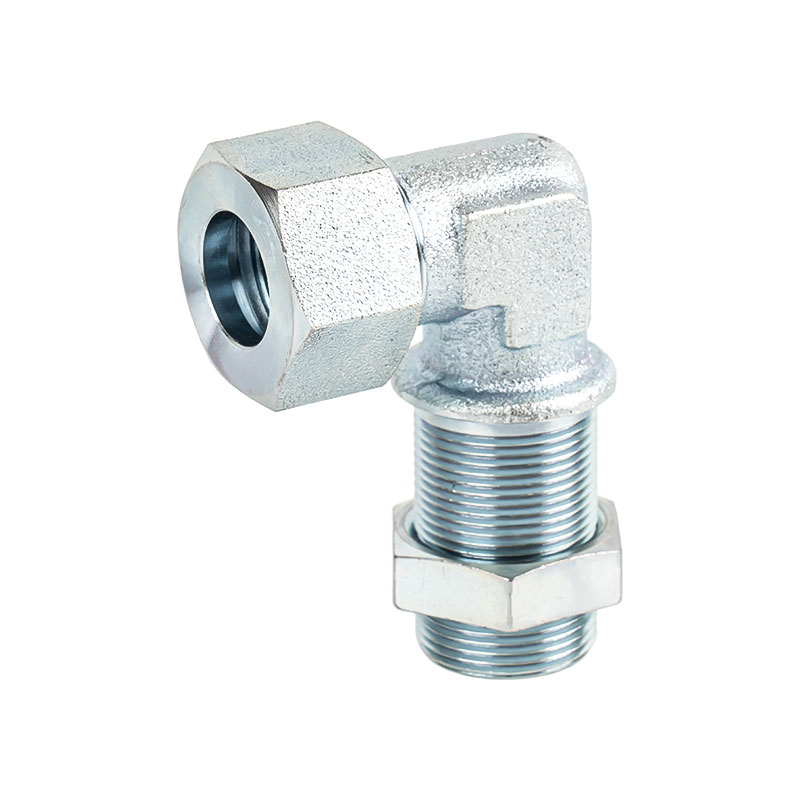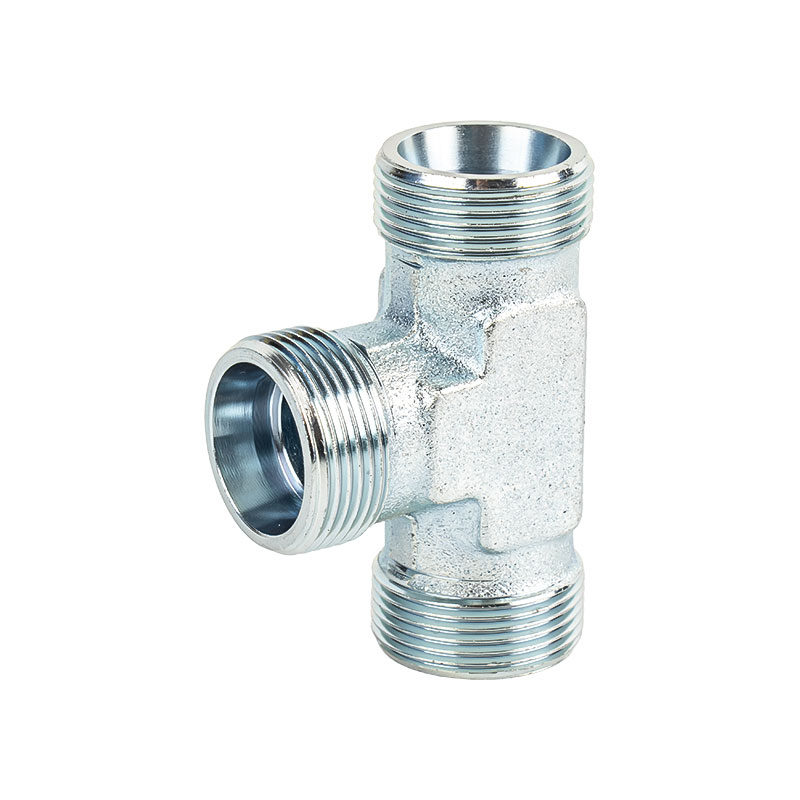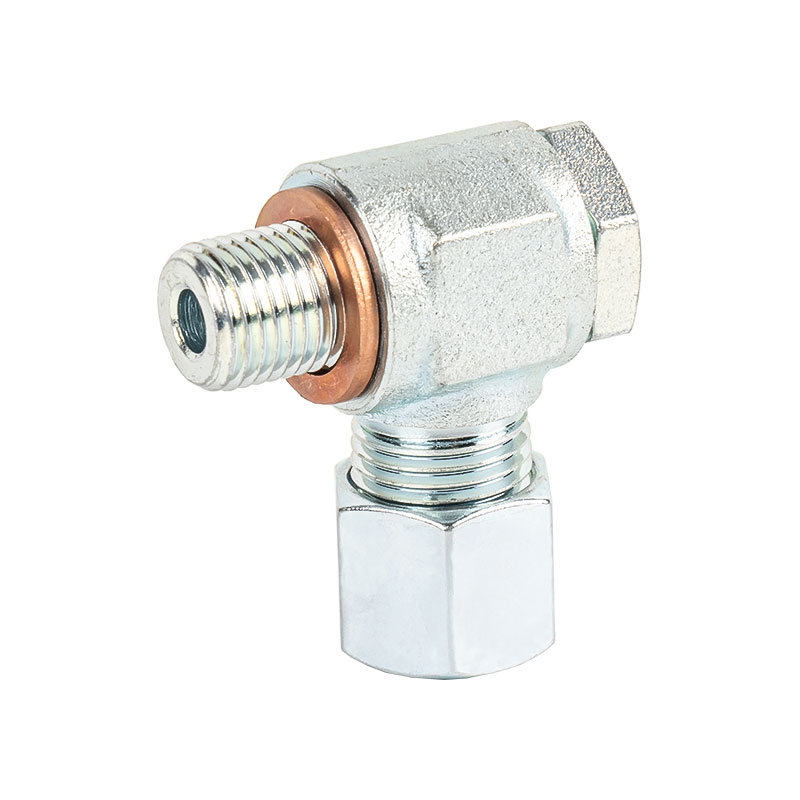High-Pressure Straight Fittings are key components in high-pressure piping systems, and their working performance and life are affected by many factors. These factors are related to the normal use of the fittings and directly determine the safety and efficiency of the piping system.
1. Material selection
The material selection of high-pressure straight fittings is the primary factor that determines their working performance. The body of the fitting is usually made of high-strength metal materials, such as stainless steel, carbon steel or alloy steel. These materials have good compressive resistance and can withstand the stress in high-pressure systems. Different materials perform differently in specific environments.
Compressive strength: High-pressure systems require that the fitting material must have extremely high compressive resistance, otherwise it is easy to deform or break due to excessive pressure. Materials with insufficient compressive strength will cause the fitting to fail in long-term use.
Corrosion resistance: If the medium is corrosive (such as acidic, alkaline liquids or gases), corrosion-resistant materials such as stainless steel or alloy steel must be selected. Otherwise, corrosion may occur on the surface of the material, affecting the sealing and strength of the fitting.
Temperature resistance: When working in high or low temperature environments, the thermal expansion coefficient and strength of the material will change, so it is necessary to select materials with good temperature resistance to prevent the structural performance of the joint from deteriorating due to temperature changes.
2. Sealing performance
Sealing is one of the key factors for the operation of high-pressure straight-through joints. If the sealing performance is poor, the high-pressure medium in the pipeline system will leak from the connection, affecting the safety and efficiency of the system. The sealing is mainly affected by the following aspects.
Seal material: Seals are usually made of high-pressure, wear-resistant and corrosion-resistant materials, such as fluororubber, polytetrafluoroethylene (PTFE), etc. These materials can maintain good elasticity and sealing performance under high-pressure environments. If the wrong material is selected, the seal is prone to deformation or failure under high pressure.
Smoothness of contact surface: The contact surface of the high-pressure straight-through joint must be precisely machined to ensure that the seal can fit closely with it. If the contact surface is rough or uneven, the sealing effect will be affected, resulting in leakage problems.
Installation of seals: The installation quality of the seal directly affects its sealing effect. Improperly installed seals may cause deviation or failure to fully fit the joint, thereby affecting its sealing performance.
3. Working environment
The working environment also has an important impact on the performance of high-pressure straight-through joints, mainly including factors such as temperature, humidity and external mechanical stress:
Temperature: High temperature will cause the strength of the joint material to decrease, and low temperature may make the material brittle. In addition, temperature fluctuations will cause thermal expansion or contraction of the joint and seal, affecting its sealing performance. Therefore, in extreme temperature environments, it is necessary to select materials with temperature resistance and ensure that the joint design can adapt to temperature changes.
Humidity: A humid environment will accelerate the corrosion process of certain metal materials, especially when exposed to moisture or chemicals for a long time. Corrosion will not only weaken the strength of the material, but may also damage the seal and cause system leakage.
External mechanical stress: External mechanical stress such as vibration, impact, etc. may cause damage or fatigue to the high-pressure straight-through joint. Therefore, the joint should have good vibration and impact resistance to cope with complex working environments.
4. Medium characteristics
Different media have different requirements for high-pressure straight-through joints. The flow characteristics, chemical properties, temperature and pressure of liquids and gases will affect the performance of the joint:
Corrosiveness of the medium: If the transmission medium is corrosive (such as acid, alkali, salt, etc.), it is necessary to select corrosion-resistant materials. Otherwise, during long-term use, the joint may be corroded, resulting in leakage and performance degradation.
Temperature of the medium: High-temperature media will affect the temperature resistance of the joint material, while low-temperature media may cause the joint material and seals to become brittle, reducing the strength and sealing of the joint.
Pressure of the medium: Fluctuations in the medium pressure in high-pressure systems may have an impact on the joint, especially when the fluid flows rapidly. The joint material and design must be able to withstand these pressure fluctuations to avoid fatigue damage.
5. Pressure fluctuations
Pressure fluctuations are a common problem in high-pressure systems and will have a certain impact on the operation of high-pressure straight-through joints. In particular, when the medium pressure in the system changes frequently, the seals and main structure of the joint will be subjected to repeated stress changes.
Fatigue damage: Long-term pressure fluctuations will cause fatigue damage to the joint material, especially under high-frequency pressure fluctuations, the fatigue life of the material will be significantly shortened. To cope with this situation, the design and material selection of the joint must be able to withstand long-term pressure fluctuations.
Stress concentration: During pressure fluctuations, stress concentration may occur in certain parts of the joint, resulting in excessive local stress, causing material deformation or damage. Therefore, the design of the joint must take into account the impact of pressure fluctuations, reasonably distribute stress, and avoid stress concentration.

 中文简体
中文简体